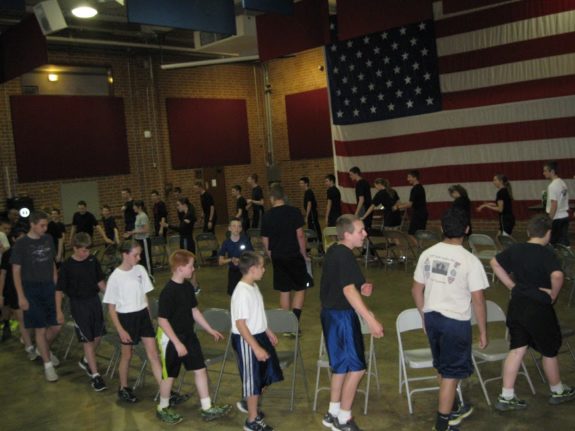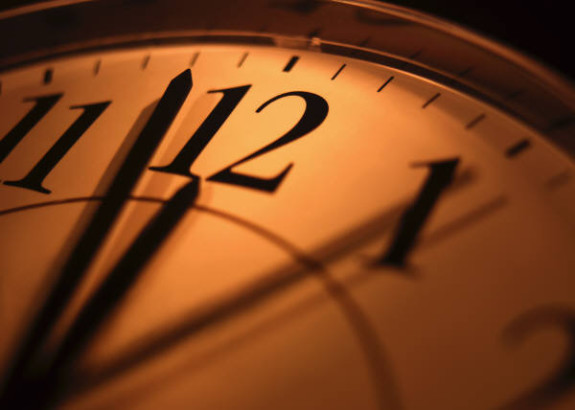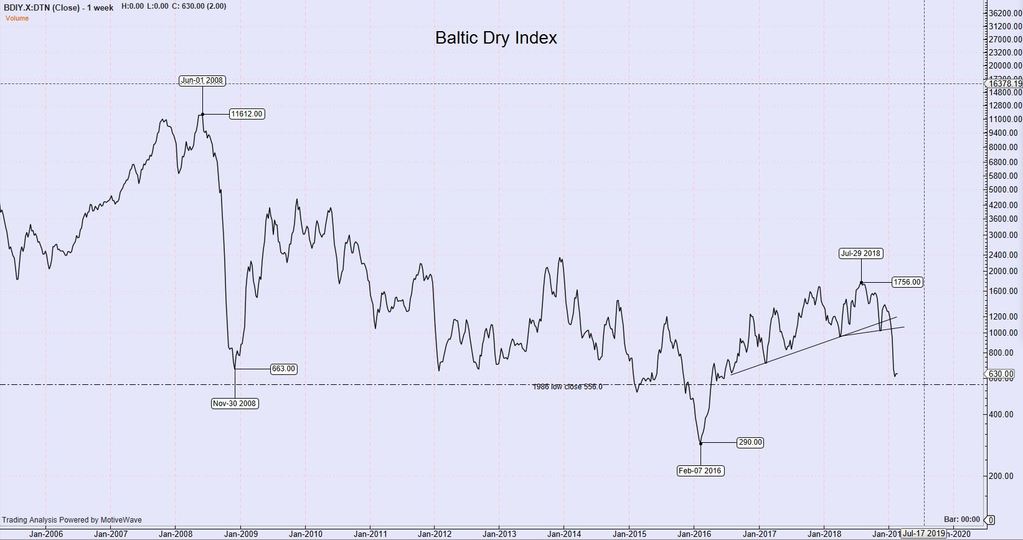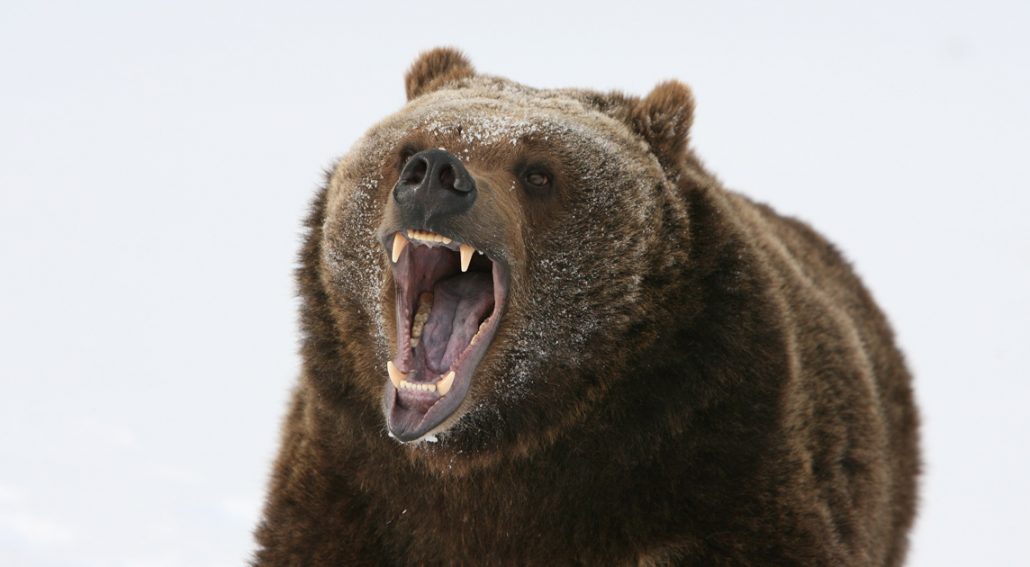
Polar Opposites…it’s Sure Not 1982
In August 1982 the stock market exploded higher as the Federal Reserve cut interest rates during the Mexico debt crisis. It was a financial explosion that reminded one of a real life volcanic explosion like Mt. St. Helen’s in 1980.
The week of August 15, 1982 kicked off the 5th cycle wave of a 5 wave Super Cycle move from 1932. The DJIA rose 10.3% that week, closing at 869.30. The CAPE ratio in July and August 1982 was just 6.64.
That was the lowest CAPE reading since 5.57 in June 1932. The all-time low reading since 1881, came in at 4.78 in December 1920. That 1920 reading was during the depression that no one talks about.
Long-term interest rates were 13.06% in August 1982, down from 15.32% in September 1981. Today long-term interest rates are 2.50% up from 1.5% in July 2016. And of course we have several countries with long-term rates less than zero today.
So here we are in April 2019 with the DJIA at 26,477. It has been an amazing bull run. There have been some amazing companies created in this last leg of the Super Cycle.
Apple (AAPL) went public December 12, 1980 ( 1 1/2 years before Wave V kicked off). Microsoft went public on March 13, 1986 and Amazon went public May 15, 1997. All of these companies we talk about now as trillion dollar market cap companies. What will we be saying in 2030? Who knows?
What I do know is that everything runs in cycles. And when it comes to human nature, there is nothing new under the sun. This current extreme valuation environment will not last.
We are near the tail end of this bull run. We may indeed have several more months before the final top is in. But when you step back and look at the forest instead of just the trees, you get a little better picture of where we are in time.
I feel like we are playing one big game of musical chairs. Who will have a seat when the music stops playing? And when the music stops on this bullish extreme…watch out.
MMM just had its worst day since the 1987 crash…yesterday.
Oh, but wait, I forgot, the Federal Reserve will save us. I hear that a lot lately. But the Federal Reserve has been around since December 23, 1913.





